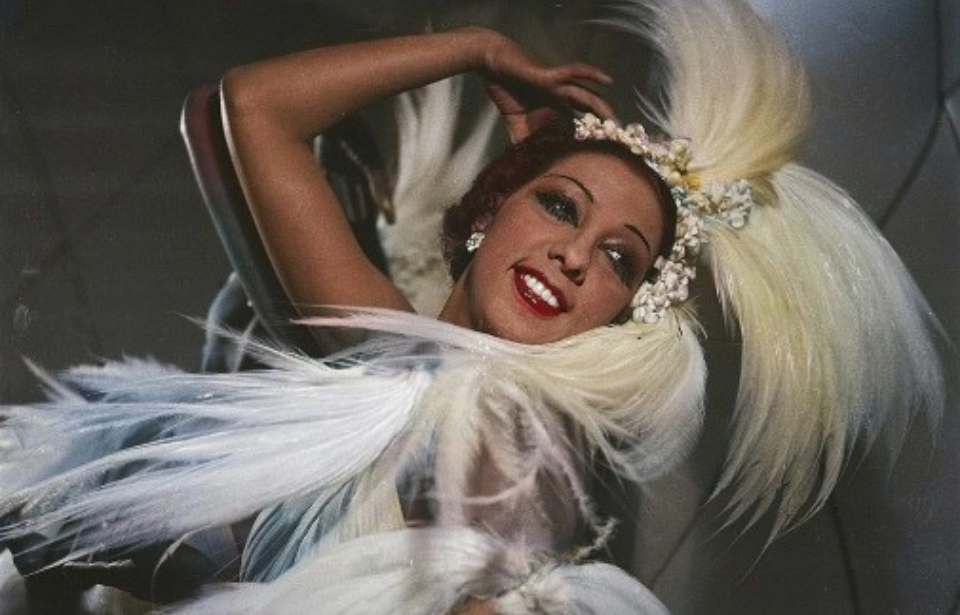Josephine Baker broke color barriers, is a feminist icon, advocated for Civil Rights and became the most famous woman in France throughout the 1920s and ’30s. Her role with the French Resistance received little attention when compared to her performances in “banana-skirts,” film appearances and vaudeville routines. Yet, she was able to use her star power to gain access to Axis secrets during the Second World War.
While she’s an overall remarkable woman, her time as a French spy is truly fascinating.
Josephine Baker’s early life
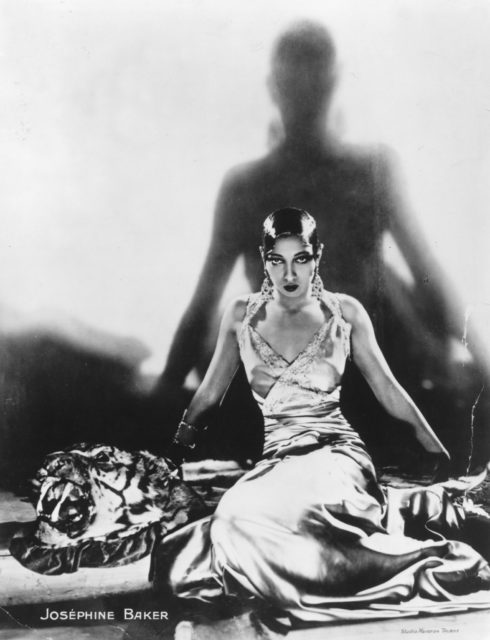
Josephine Baker was born on June 3, 1906 in St. Louis, Missouri. She grew up in poverty, without a father. Between the ages 8 and 10, she left school to support her family, performing odd jobs.
When Baker was 16 years old, she joined a dance troupe from Philadelphia and began touring. She was a chorus girl, performing in Shuffle Along (1921) and The Chocolate Dandies (1924) in New York City.
In 1925, Baker went to Paris, where she became an overnight success, first as an erotic dancer, and eventually as both a film star and singer. She rubbed elbows with a young Ernest Hemingway, was drawn multiple times by Pablo Picasso and befriended Jean Cocteau, who helped her become the highest-paid entertainer in pre-war France.
She became a French citizen in 1937 and was ready to risk everything for her new country.
Beginning of the Second World War
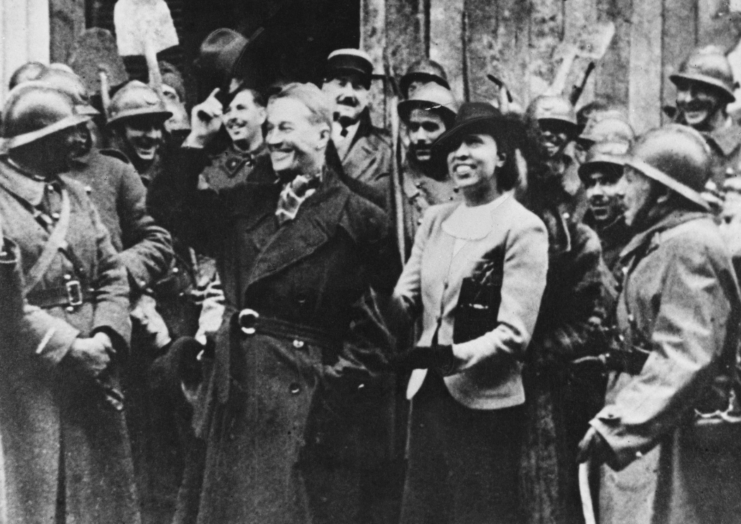
When France declared war on Germany in September 1939, intelligence agent Jacques Abtey met with Josephine Baker to recruit her to the Deuxième Bureau de l’Etat-major général — the country’s military intelligence agency. The agency didn’t usually recruit female correspondents, but Baker was chosen because of her celebrity status.
Baker seemed to have just what the Deuxième Bureau was looking for. When Abtey first met with Baker, he recalled her saying, “France made me what I am. The Parisians gave me their hearts, and I am ready to give them my life.” Not only was she ready to give her life for France, she was also able to offer invaluable connections to the French Resistance.
As a result her celebrity status, Baker was able to secure invites to parties held at the Italian and Japanese embassies. She often wrioe notes on her hands and arms about conversations she heard at these events, so she wouldn’t forget them. Despite being a rather dangerous practice, she’d just laugh and say, “no one would ever think I am a spy,” when confronted about it.
The German Army closes in on Paris
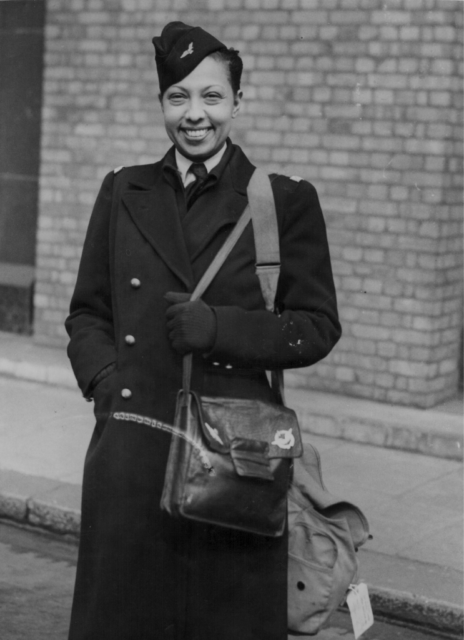
It was clear to Jacques Abtey that Paris was soon going to fall to the Germans, so he urged Josephine Baker to go south. After all, she symbolized all the things Germany’s regime hated. She was a successful, Black, bisexual woman who, in 1937, had married a Jewish man.
In June 1940, Baker packed up all of her priceless possessions (including a bed once owned by Marie Antoinette) and traveled 300 miles southwest. There, she rented a chateau and hid both refugees and French Resistance members in her new residence.
In November of that year, Abtey and Baker worked together to smuggle documents to Gen. Charles de Gaulle and the Free French Government-in-exile in London. Information the French Resistance had gathered was transcribed in invisible ink onto Baker’s sheet music, while important photographs were pinned under her dress. Claiming to be embarking on a South American tour, Baker and Abtey planned to get to London through neutral Portugal.
However, to do so, they first had to cross the Spanish border. While this initially caused concern for members of the Resistance and Abtey, who was posing as Baker’s ballet instructor, the Spanish border guards and German police were so captivated by her that the pair ended up having no problems crossing the border. Their documents had went completely undetected.
While Baker was in Portugal and Spain, she continued her espionage work at embassy parties, gaining details on Axis troop movements. Instead of writing notes on her arms, she wrote them on pieces of paper and attach them to her bra with a safety pin.
Later, she wrote that she wasn’t concerned about the tactic, saying, “My notes would have been highly compromising had they been discovered, but who would dare search Josephine Baker to the skin? When they ask me for papers, they generally meant autographs.”
Josephine Baker travels to North Africa
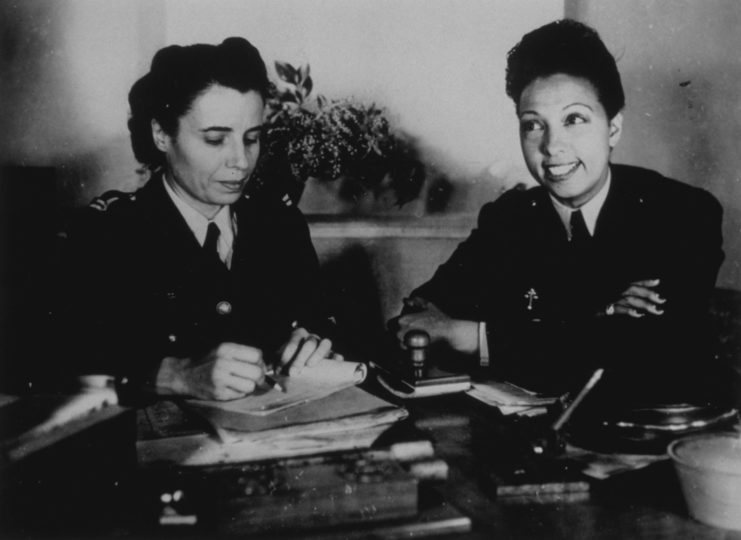
In January 1941, Jacques Abtey and Josephine Baker were sent to Morocco to set up a liaison and transmission center in Casablanca. For the trip, Baker brought with her two emeralds, 28 pieces of luggage, a Great Dane, two mice and three monkeys. It would have been more suspicious, she reasoned, if she had been traveling light.
In Morocco, Baker worked closely with French Resistance networks and used her connections to secure passports for Jews fleeing the Germans in Eastern Europe. However, in June 1941, she fell ill with peritonitis, leading to multiple surgeries and an 18-month hospital stay. She was so sick that multiple news outlets ran stories about her death. In an interview with Afro-American, she told reporter Ollie Stewart that this was a “slight error” because she was “much too busy to die.”
Baker continued to be involved in her work, even as she recovered, with diplomats and fellow French Resistance members holding meetings at her bed. When she was fully recovered, she embarked on a tour in North Africa, entertaining the troops stationed there and bringing in more than three million Francs for the French Free Army.
Along with the money made from her tour, Baker also sold her own personal possessions to raise money for the poor citizens of Paris and the French Free Army. She once auctioned off her gold cross of Lorraine for 300,00 Francs and donated it all to the Resistance.
Josephine Baker is awarded for her efforts
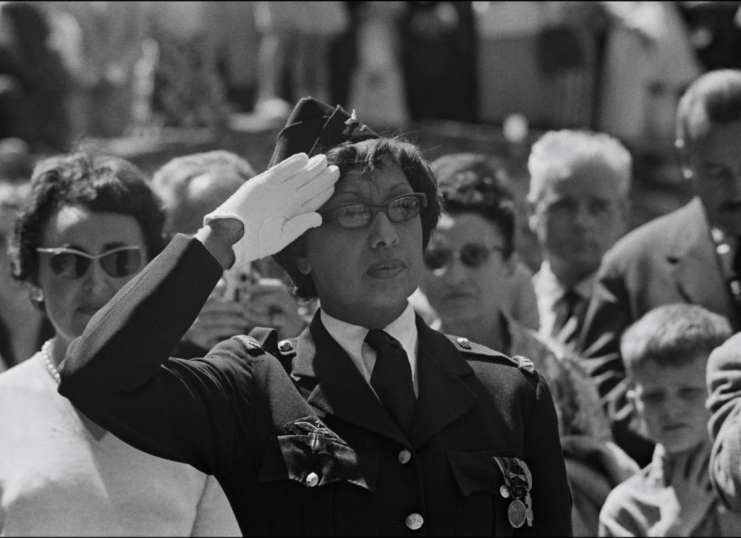
Although Josephine Baker refused to accept any money for her work in the French Resistance, she gained even more recognition than she’d had before the start of the Second World War. For her courageous efforts and service, the Women’s Auxiliary of the French Air Force made her an officer.
For the rest of her life, she wore her Air Force uniform for public appearances, including at the March on Washington in 1963.
In 1945, de Gaulle presented Baker with two prestigious honors, the Croix de Guerre and the Rosette de la Résistance. He also named her a Chevalier de Légion d’Honneur – the highest order of merit for military and civil action. When asked about these awards, she recalled asking why she was receiving them, feeling that “others deserved it more.”
When Baker was asked why she’d volunteered with the French Resistance, she recalled, ” Of course I wanted to do all I could to aid France, but the thing that drove me as strongly as did the patriotism was my violent hatred of discrimination in any form. The [German Army] were racists. They were bigots. I despised that sort of thing. I was determined that they must be defeated.”
More from us: The Tragic Story Behind One Man’s Refusal to Salute the Führer
We remember Josephine Baker not only as an African-American star who broke color barriers throughout her life, but also as a French Resistance fighter who risked her life for the freedom of all people.
